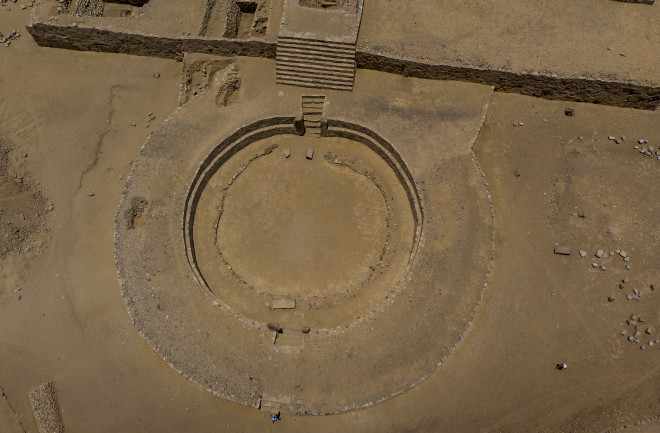An ancient stone circle sits on the summit of a mountain overlooking the Cajamarca Valley in Peru’s northern highlands. At first glance, it doesn’t appear particularly remarkable — just a circle about the size of a convenience store, with a smaller circle inside. Meanwhile, what remains of its borders are made up of standing boulders.
But new research has revealed that this unassuming plaza dates back nearly five millennia, to an era that far preceded the Inca and their predecessors, like the Wari and Chimú cultures. In fact, this ancient stone plaza, which was likely used as a space of ceremony or ritual, predates some of the oldest grand Andean constructions like Chavín de Huántar by nearly 2,000 years.
What's more, the plaza's discovery reveals more about the people that first began to build other stone plazas, like these across the Andes and the central Peruvian coast.
“Even at a very early stage, people throughout the Andes were in contact, and they were in contact enough to share these ideas of the right way to build a ritual plaza,” says Jason Toohey, an archaeologist with the University of Wyoming who worked on dating the stone plaza in the Cajamarca region. “Maybe they were sharing whatever types of events took place in them.”

